Allan H. Fawcett9780471960294, 0471960292
Table of contents :
Front Matter……Page 1
List of Contributors……Page 3
Table of Contents……Page 6
Introduction to Polymer Spectroscopy……Page 16
1.1 Introduction……Page 21
1.2 Branched Molecules: Polyethylene and a Polyester System……Page 23
1.3 The Microstructure of Linear Chains……Page 29
1.4 The Participation of a Charge-Transfer Complex in a Free Radical Polymerization Reaction……Page 36
1.5 The Polymerization of Dienes……Page 39
1.6 Ring-Opening-Metathesis Polymerizations……Page 44
1.6.1 Stereoselectivity in ROMP……Page 46
1.6.2 Distribution of trans Double Bonds In High cis Poly(Norbornene)……Page 50
1.6.3 Regioselectivity in ROMP……Page 55
1.6.4 Direct Observation of Tacticity……Page 61
1.7 References……Page 66
2.1 Introduction……Page 69
2.2 Substituent Effects on 13C Chemical Shifts……Page 70
2.3 gamma-Gauche Effect Method of Predicting NMR Chemical Shifts……Page 74
2.4.1 Polypropylene (PP)……Page 78
7.3.1 The Response of a Viscoelastic System to Sinusoidal Stress……Page 81
2.4.3 Poly(Propylene Oxide) (PPO)……Page 82
2.4.4 Poly(Vinylidene Fluoride) (PVF2)……Page 95
2.5.1 Styrene-Methyl Methacrylate Copolymers (S-MM)……Page 98
2.5.2 Ethylene-Vinyl Acetate (E-VAc) Copolymers……Page 102
2.6 NMR Observation of Rigid Polymer Conformations……Page 106
2.7 References……Page 107
3.1 Introduction……Page 110
3.2 Methods……Page 113
3.3 Some Calculation Details……Page 114
3.4 Individual Polymers……Page 115
3.5 The Calculated RIS Parameters……Page 122
3.7 Coupling Constants……Page 124
3.8 Characteristic Ratios……Page 126
3.9 Conclusions……Page 127
3.11 References……Page 128
4.1 Introduction……Page 129
4.2 The Techniques……Page 130
4.3 High-Resolution Carbon-13 NMR of Polymers……Page 133
4.4 Proton Spin Relaxation……Page 137
4.5 Discrimination in Carbon-13 Spectra……Page 140
4.6 Spectra of Abundant Spins……Page 143
4.8 Acknowledgements……Page 144
4.9 References……Page 145
5.1 Introduction……Page 146
5.2 Multidimensional Solid-State NMR Spectra……Page 148
5.3.1 Increase of Spectral Resolution……Page 149
5.3.2 Separated Local Field NMR……Page 151
5.3.3 Wideline Separation Experiments……Page 152
5.3.4 2D and 3D Exchange NMR……Page 153
5.3.5 Chain Alignment from 2D and 3D NMR……Page 155
5.3.7 Spatially Resolved Solid State NMR……Page 157
5.4 Conclusion……Page 159
5.6 References……Page 160
6.1.1 Basis of NMR Imaging……Page 162
6.1.2 Relaxation Parameters in NMR Imaging……Page 164
6.1.4 Utility of NMRI……Page 166
6.2.1 Chemical Shift Imaging……Page 167
6.3.1 Detection of Voids in Composites……Page 170
6.3.3 NMRI of Physical Aging……Page 172
6.3.4 NMRI Studies of Diffusion in Polymers……Page 173
6.3.5 Desorption of Liquids from Polymers……Page 176
6.3.6 Multicomponent Diffusion as Studied by NMRI……Page 178
6.3.7 Absorption-Desorption Cycling of Liquids in Polymers……Page 180
6.5 References……Page 182
7.1 Introduction……Page 184
7.1.1 The Basis of Orientation Measurements by Infrared Spectroscopy……Page 185
7.1.2 The Basis of Orientation Measurements by Raman Spectroscopy……Page 187
7.2.1 Experimental Techniques on Static Samples……Page 188
7.2.2 Infrared Spectroscopic Studies on Oriented Polymers……Page 191
7.2.3 Raman Spectroscopic Studies on Oriented Polymers……Page 193
7.3 Time Resolved Measurements……Page 196
7.3.2 Experimental……Page 198
7.3.3 Some Examples of Dynamic Linear Dichroic Infrared Studies……Page 203
7.4 Elastomers Under Stress……Page 209
7.5 Conclusion……Page 211
7.6 References……Page 212
8.1 Introduction……Page 214
8.1.1 Polydiacetylene Single Crystals……Page 215
8.2.1 Aromatic Polyamide Fibres……Page 217
8.2.2 Polyethylene Fibres……Page 221
8.3.1 Urethane-Diacetylene Copolymers……Page 225
8.3.2 Deformation Studies……Page 228
8.4.1 Single-Fibre Composites……Page 232
8.4.2 Interfacial Micromechanics……Page 235
8.5 Conclusions……Page 238
8.7 References……Page 239
9.1 Introduction……Page 242
9.1.1 Synthesis of Spin Labels……Page 243
9.2.1 Correlation Times……Page 246
9.2.1.1 Fast Motion……Page 250
9.2.2 The Glass Transition and T50G……Page 251
9.3 Heterogeneous Systems……Page 253
9.4 Polymer Blends……Page 256
9.5 References……Page 262
10.1 Introduction……Page 264
10.2 Experimental……Page 265
10.3.1.1 Identification of the Radicals in the ESR Spectrum……Page 266
10.3.1.3 Monomer Concentration during Polymerization……Page 267
10.3.1.4 Radical Concentration during Polymerization……Page 268
10.3.1.5 Correction for Changing Sensitivity of the Spectrometer……Page 270
10.3.1.6 Kinetic Analysis……Page 271
10.3.1.7 Crosslinking Methacrylate Monomers……Page 272
10.3.2.1 Poly(Methyl Methacrylate)……Page 274
10.3.2.2 Polystyrene……Page 278
10.3.2.3 Random Copolymers of Methyl Methacrylate and Styrene……Page 279
10.3.2.4 ESR and the Mechanism of Radiolysis……Page 280
10.6 References……Page 284
11.1 Introduction……Page 286
11.2 Amorphous Polymers: Phenomenological and Molecular Aspects……Page 287
11.3 Crystalline Polymers……Page 291
11.4 Liquid Crystalline (LC) Polymers……Page 293
11.5 Real-Time Studies of Chemical and Physical Changes……Page 299
11.6 Conclusions and Future Prospects……Page 304
11.8 References……Page 305
12.1 Introduction……Page 308
12.2.1 Semi-Crystalline Polymers……Page 309
12.2.2 Phase-Separating Polymer Mixtures……Page 316
12.3.1 Dilute Polymer Solutions……Page 320
12.3.2 Gels……Page 322
12.3.3 Semi-Dilute Solutions and Trapped Chains……Page 324
12.3.4 Surface Quasi-Elastic Light Scattering (SQELS)……Page 327
12.5 References……Page 332
13.2 The Principles of Neutron Scattering……Page 335
13.3 Neutron Experiments……Page 339
13.3.1 Studies of Polymer Dimensions: Small Angle Scattering……Page 340
13.3.2 Polymers at Surfaces-Reflection……Page 343
13.3.3 Polymer Dynamics-Quasi-Elastic Scattering……Page 344
13.4.1 Studies of Copolymers……Page 346
13.4.2 Adsorption at Surfaces……Page 349
13.4.3 Kinetics and Polymer Motion……Page 351
13.6 References……Page 352
14.1.1 Origin of Optical Activity in Macromolecules……Page 356
14.1.2 Objective……Page 359
14.2.1.1 Azobenzene-Containing Polypeptides……Page 360
14.2.1.2 Light-Induced Conformational Changes……Page 361
14.2.1.3 Photosimulated Aggregation-Disaggregation Effects……Page 364
14.2.2.1 Spiropyran-Containing Polypeptides……Page 366
14.2.2.2 Photomodulation of Conformation……Page 369
14.2.2.3 Photoinduced Variations of Viscosity……Page 375
14.3 References……Page 376
15.1 Introduction……Page 378
15.2 Probes of Order in Polymers……Page 379
15.4 Photochemistry in Polymers……Page 381
15.5 Excimer-Forming Polymers……Page 383
15.6 Dynamics of Luminescence……Page 385
15.7 Fluorescence Decay in Vinyl Aromatic Polymers……Page 386
15.7.1 Diffusional Models……Page 388
15.7.1.2 Random Water, Random Distribution Chromophores……Page 389
15.7.1.5 Diffusion of Energy and Chromophore……Page 390
15.7.1.6 Fluorescence Anisotrophy Measurements……Page 394
15.8 Conclusion……Page 396
15.10 References……Page 397
B……Page 399
D……Page 400
F……Page 401
K……Page 402
N……Page 403
P……Page 404
S……Page 406
T……Page 407
Z……Page 408
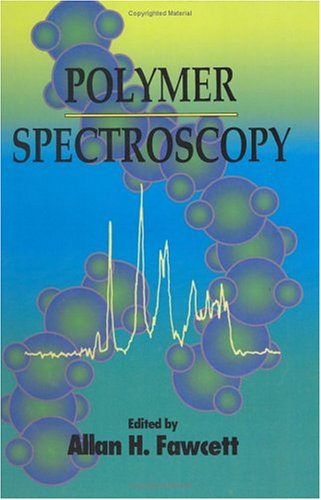
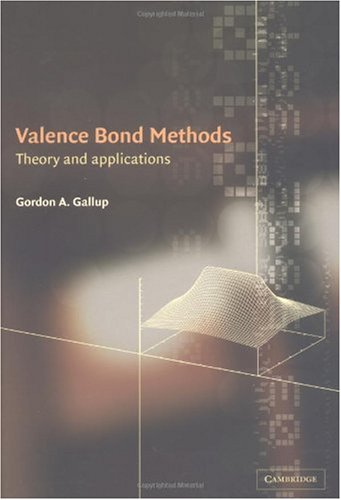
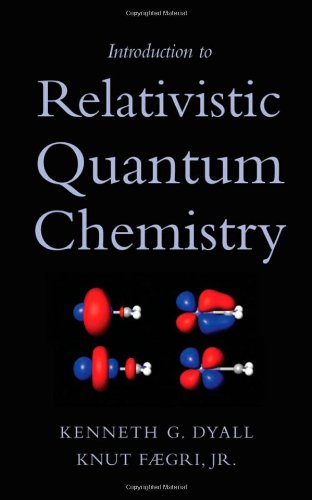

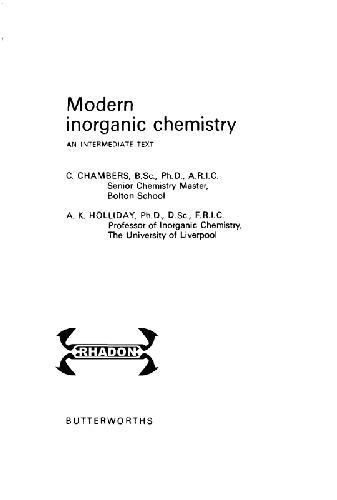
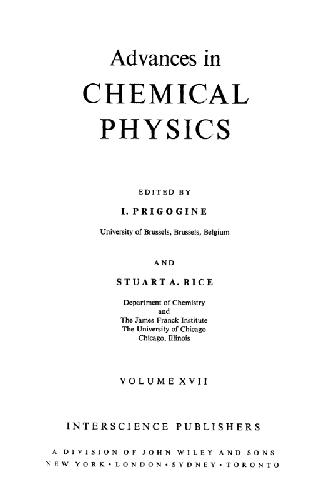
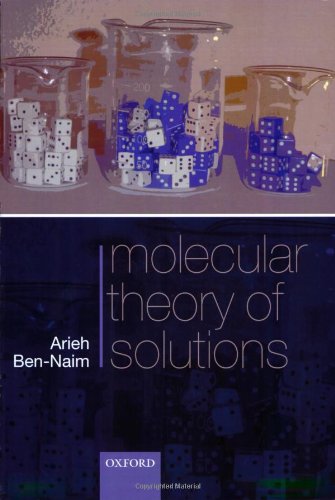
Reviews
There are no reviews yet.